1. Detroit’s East Side
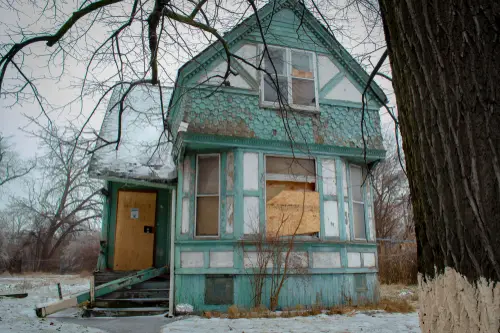
Detroit’s East Side used to be home to some of the most luxurious mansions in the city, with tree-lined streets and elegant architecture that reflected the city’s booming auto industry. Families who thrived on the wealth of car manufacturing filled the neighborhood with life and community events. The area was bustling with local shops, theaters, and schools that gave it a tight-knit, vibrant feel. Walking through it today, you can still see the grandeur in some abandoned homes, but many have fallen into disrepair.
The decline came with the collapse of Detroit’s auto industry and the mass exodus of residents seeking jobs elsewhere. Many of the stately homes were left empty, and whole blocks turned into ghost streets. Crime rates spiked as economic opportunities dried up, further discouraging residents from staying. Yet, the East Side retains a haunting beauty, with hints of its former glamour visible in crumbling façades and overgrown gardens.
2. Atlantic City, New Jersey
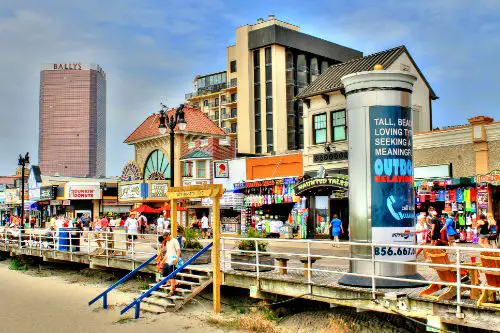
Atlantic City was once the crown jewel of the East Coast, known for its dazzling boardwalk, elegant hotels, and glamorous nightlife. In the early 20th century, the city attracted tourists with its casinos, theaters, and high-end dining experiences. Families and wealthy visitors alike flocked to the sandy shores, enjoying a sense of escapism that felt almost cinematic. Many of the historic hotels and casinos were architectural marvels, built to impress.
Over the decades, economic struggles, repeated financial mismanagement, and competition from newer gambling destinations led to widespread abandonment. The boardwalk still has activity, but numerous hotels now sit empty, their facades peeling and windows boarded up. Local residents have had to grapple with high unemployment and a declining tax base, which further accelerates decay. Walking the streets today, it’s easy to feel the contrast between past opulence and current desolation.
3. Gary, Indiana
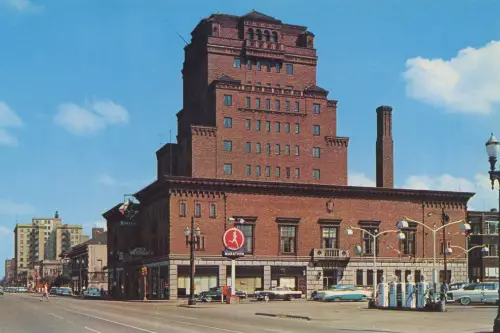
Gary, Indiana, was once a booming industrial city, thanks to the steel mills that brought wealth and population growth. Its neighborhoods featured grand houses for steel executives and lively commercial districts filled with shops and entertainment. Families enjoyed a strong sense of community, and the city boasted cultural events and sports teams that drew crowds. You could feel the pride residents had in calling Gary home during its peak.
The collapse of the steel industry hit the city hard, leading to mass unemployment and population decline. Many once-beautiful neighborhoods now have abandoned homes, empty lots, and shuttered businesses. Crime rates rose, and local services struggled to keep up, leaving streets eerily quiet. Despite this, some historic buildings hint at the city’s industrious and glamorous past.
4. New Orleans’ Lower Ninth Ward
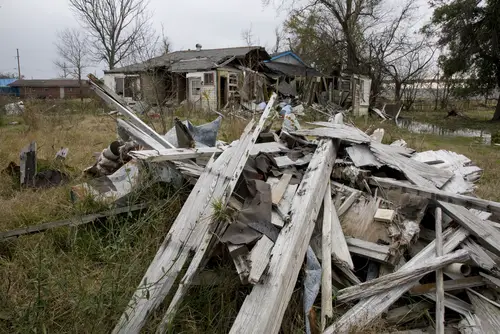
Before Hurricane Katrina, the Lower Ninth Ward was a close-knit community with charming homes, lively streets, and a rich cultural heritage. Residents celebrated traditions with parades, music, and neighborhood gatherings that showcased the area’s vibrancy. Colorful houses and historical architecture made it one of New Orleans’ most distinctive neighborhoods. Families had strong connections to their homes, often spanning multiple generations.
The devastation of Hurricane Katrina in 2005 changed everything. Floodwaters destroyed much of the neighborhood, leaving abandoned homes and streets that remain largely vacant today. Recovery efforts have been slow, and many former residents never returned, contributing to a sense of abandonment. Walking through the ward, the contrast between empty lots and restored areas is a poignant reminder of both resilience and loss.
5. Camden, New Jersey
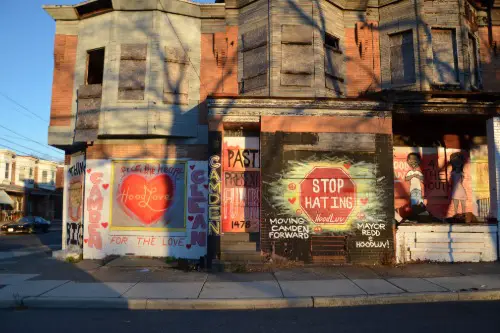
Camden’s waterfront was once a glamorous hub with amusement parks, theaters, and thriving industry. Families enjoyed vibrant cultural offerings, and the city had a sense of optimism and prosperity. The waterfront attracted tourists and locals alike, creating a lively and connected community. Streets were filled with activity, from local shops to bustling public spaces.
Economic decline, industrial closures, and increasing crime led to a sharp exodus of residents. Today, many streets sit empty, with abandoned homes and businesses dotting the landscape. Efforts at revitalization have made small dents, but the ghostly feel remains pervasive. It’s easy to imagine the former energy and charm when glimpsing remnants of old architecture along the waterfront.
6. Buffalo’s East Side
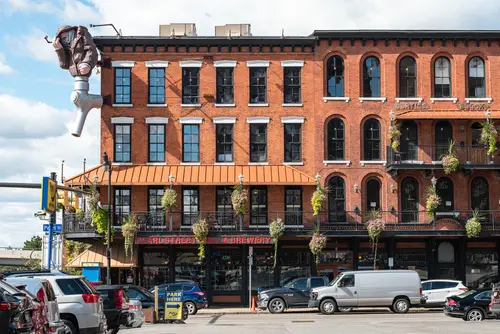
Buffalo’s East Side was once dotted with stately homes, thriving churches, and well-maintained streets that reflected the city’s industrial prosperity. Families moved here for the sense of community and access to jobs in manufacturing and shipping. Local shops and theaters gave the area a lively cultural vibe, and neighbors often knew each other by name. The architecture still whispers stories of a more glamorous past.
Declining industries and suburban flight caused population loss and left many homes abandoned. Overgrown lawns and boarded-up windows are now common sights along once-charming streets. Crime and poverty rose as residents fled, further deepening the sense of neglect. Even so, restoration projects occasionally reveal pockets of the neighborhood’s former splendor.
7. Scranton, Pennsylvania
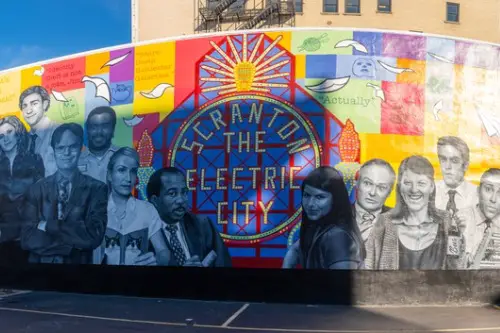
Scranton once thrived as a coal-mining powerhouse, with affluent neighborhoods that featured large Victorian houses and busy downtown streets. Families enjoyed a bustling local economy, theaters, and social clubs that made the town feel alive. The city had a charm that combined industrial might with a close-knit community. Residents took pride in maintaining their homes and businesses.
The collapse of coal and manufacturing industries triggered economic decline, leaving rows of empty houses and vacant commercial buildings. Population dwindled as younger generations sought opportunities elsewhere. Crime and neglect became pressing issues, adding to the sense of abandonment. Today, walking through Scranton offers glimpses of its past grandeur amid quiet streets and shuttered homes.
8. St. Louis’ Mill Creek Valley

Mill Creek Valley was a historic neighborhood in St. Louis, celebrated for its Victorian homes and vibrant community life. Residents enjoyed a mix of cultural events, churches, and locally owned businesses that kept the neighborhood bustling. The architecture was ornate, with attention to detail that reflected the pride of its inhabitants. Families had strong ties to the area, creating a lively, interconnected community.
Urban renewal in the 1950s led to widespread demolition, displacing thousands and leaving the area deserted. Entire blocks were cleared, erasing the social fabric that once made the neighborhood thrive. Today, very little remains of the original homes, and the area feels largely abandoned despite efforts to repurpose the land. Mill Creek Valley serves as a stark example of how policy can erase glamour and community alike.
9. Pittsburgh’s Hill District
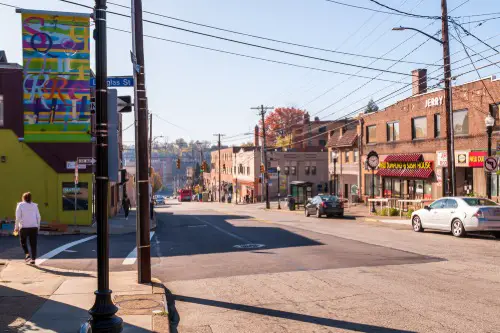
The Hill District in Pittsburgh was once a cultural hotspot, known for jazz clubs, theaters, and a tight-knit African American community. Residents enjoyed a vibrant nightlife and a sense of identity rooted in music, art, and shared history. Beautiful row houses and local businesses made the neighborhood feel welcoming and full of life. Families celebrated generations of traditions that made the area uniquely dynamic.
Urban renewal and economic shifts caused significant population loss and property abandonment. Many historic homes were demolished, leaving gaps where streets used to be alive with activity. The area now has patches of redevelopment but also empty lots and crumbling buildings. Despite challenges, the Hill District’s legacy in music and culture remains a proud reminder of its glamorous past.
10. Youngstown, Ohio
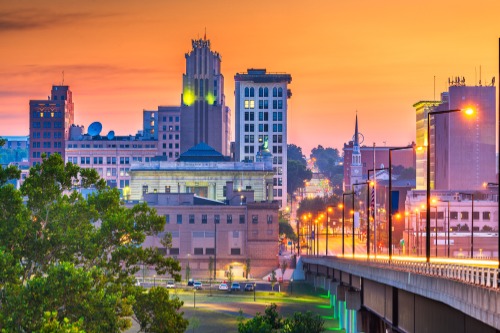
Youngstown’s neighborhoods were once filled with stately homes and thriving local businesses, buoyed by the steel industry. Families lived comfortably, with schools, theaters, and social clubs supporting a robust community life. The city had a confident, industrial elegance, with streets full of energy and opportunity. Residents often took pride in the city’s architectural beauty and cultural offerings.
The decline of the steel industry in the 1970s caused mass unemployment and population decline. Rows of abandoned homes and shuttered stores became a common sight, and neighborhoods that once thrived felt ghostly. Crime and poverty rose alongside these economic changes, compounding the sense of loss. Yet, some pockets of the city still reflect its once-proud history, hinting at what used to be.
11. Providence’s South Side
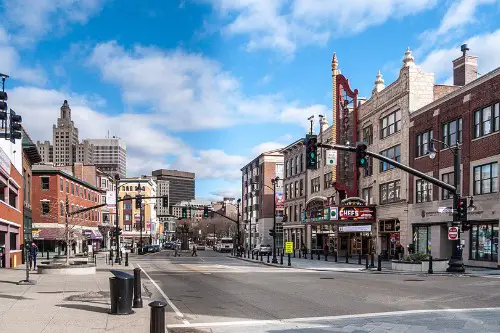
Providence’s South Side was once a vibrant mix of wealthy merchant families and thriving cultural institutions. Elegant brick homes and tree-lined streets gave the area a stately, welcoming vibe. The neighborhood supported theaters, local businesses, and social gatherings that connected residents. People felt a sense of stability and pride in the community.
Economic decline, migration to suburbs, and neglect led to abandoned homes and empty storefronts. The streets that were once alive with children, shoppers, and community events now feel quieter and underused. Restoration efforts have begun in parts, but much of the glamour has faded. Still, glimpses of historic architecture offer a peek into a more vibrant era.
12. Birmingham’s Ensley District
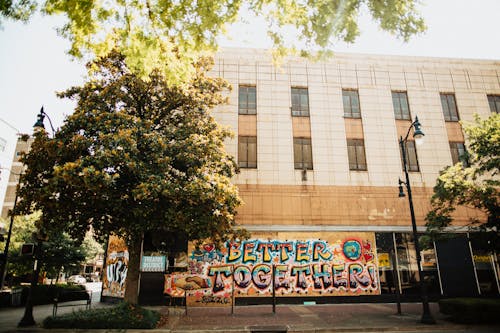
Birmingham’s Ensley District flourished during the early 20th century as a hub for steel and iron production, with elegant homes for executives and well-kept streets. Families enjoyed proximity to schools, theaters, and parks that reinforced a strong sense of community. The architecture reflected prosperity and attention to detail, with ornate brick homes and decorative facades. Local businesses thrived, creating a lively, interconnected environment.
The decline of the steel industry hit Ensley hard, triggering population loss and abandoned properties. Many homes fell into disrepair, and local businesses closed, leaving streets eerily quiet. Crime and poverty increased as economic opportunity dwindled, further discouraging residents. Today, Ensley retains fragments of its industrial-era elegance amid signs of neglect.
13. Richmond’s Jackson Ward
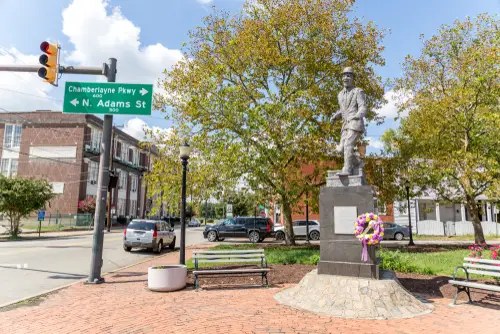
Jackson Ward in Richmond, Virginia, was once called the “Harlem of the South,” thriving with African American-owned businesses, music venues, and cultural institutions. Families enjoyed a close-knit, lively community with beautiful homes and local theaters. The neighborhood radiated energy and opportunity, with residents taking pride in its cultural significance. Jazz clubs and social halls made the streets pulse with life.
Urban renewal and economic shifts in the mid-20th century displaced many residents and businesses. Abandoned buildings now line parts of the neighborhood, giving a sense of emptiness where life once thrived. While some areas have seen revitalization, pockets of decay remain, reminding visitors of its lost glamour. Jackson Ward’s history continues to influence Richmond’s culture, even as empty streets whisper stories of its former vibrancy.
This post 13 American Neighborhoods That Were Once Glamorous and Now Feel Abandoned was first published on American Charm.


